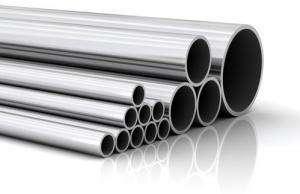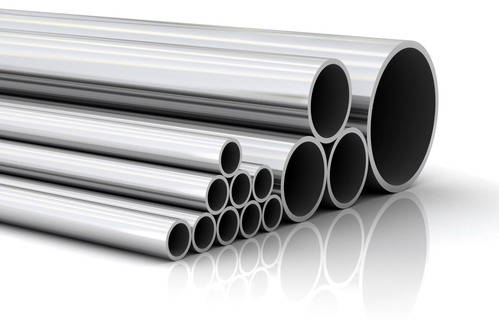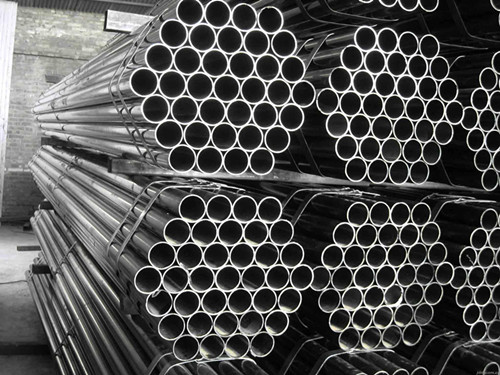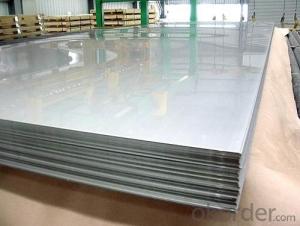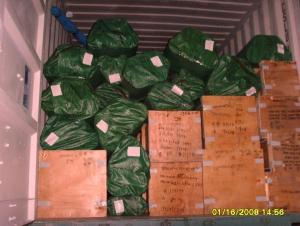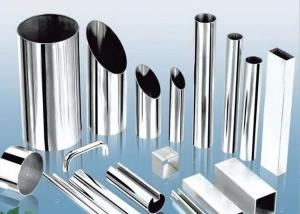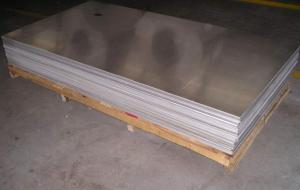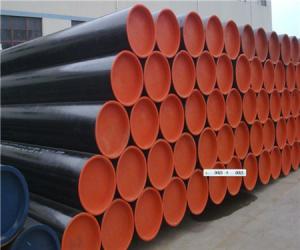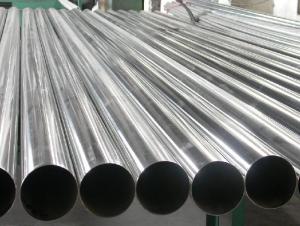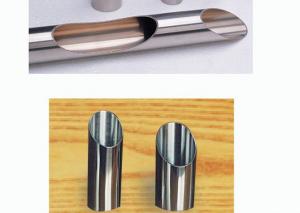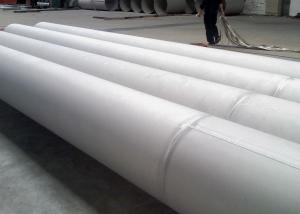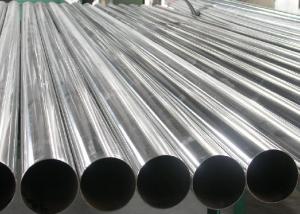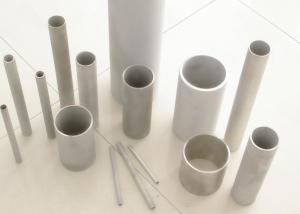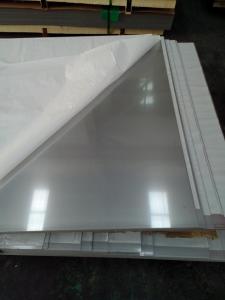Stainless Steel Seamless Pipes
- Loading Port:
- Shanghai
- Payment Terms:
- TT OR LC
- Min Order Qty:
- -
- Supply Capability:
- 100000 m.t./month
OKorder Service Pledge
Quality Product, Order Online Tracking, Timely Delivery
OKorder Financial Service
Credit Rating, Credit Services, Credit Purchasing
You Might Also Like

Stainless steel seamless pipe
Standard: | ASTM/ASME/DIN/EN/JISG/GB |
Dimension: | 3" - 16" x SCH10/40/80/120/160 |
Grade: | 304, 304L,304/304L, 316, 316L, 316/316L,316Ti,321, 321H, 310S, 347H,317L |
Ends: | in plain end or bevelled ends or as customer's reqestments. |
Tolerance | Thickness +20% / -12.5%. Length:+10/-0mm |
Price term: | FOB,CIF,CNF,CFR etc |
Delivery time: | 45~60 days ,according to customer's quantity |
Payment: | 100% irrevocable L/C at sight, or T/T 30% deposit,or CAD |
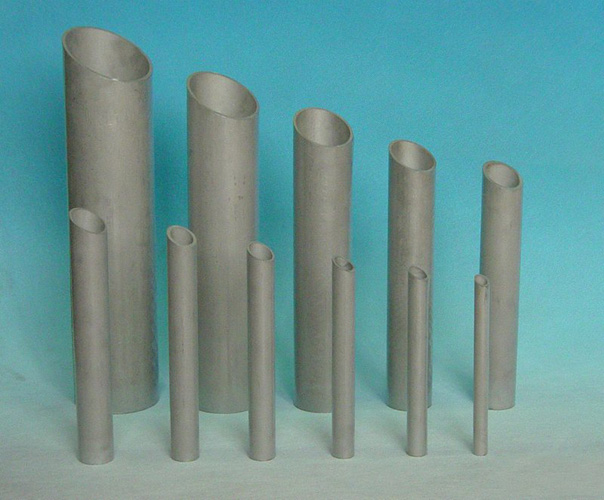
- Q: Are stainless steel sheets suitable for dairy processing equipment?
- Yes, stainless steel sheets are highly suitable for dairy processing equipment. Stainless steel is widely used in the dairy industry due to its excellent corrosion resistance, hygienic properties, and ease of cleaning. The smooth and non-porous surface of stainless steel prevents the growth of bacteria and other microorganisms, making it ideal for maintaining the cleanliness and safety of dairy processing equipment. Additionally, stainless steel is resistant to chemical reactions with dairy products, ensuring the integrity and quality of the processed milk and other dairy products. Stainless steel sheets are also durable and can withstand high temperatures and frequent cleaning, making them an excellent choice for dairy processing equipment that requires regular sanitization and sterilization.
- Q: Are stainless steel sheets fire-resistant?
- Yes, stainless steel sheets are fire-resistant.
- Q: Can stainless steel sheets be cold rolled?
- Indeed, it is possible to cold roll stainless steel sheets. The cold rolling process involves passing a stainless steel sheet through a sequence of rollers at ambient temperature, leading to a decrease in thickness and an augmentation in both hardness and strength. By employing this technique, one can create stainless steel sheets with accurate measurements and impeccable surface textures. Cold rolling is widely utilized in the production of stainless steel sheets, catering to diverse sectors including automotive parts, kitchen devices, and architectural constructions.
- Q: What are the standard sizes and thicknesses of stainless steel sheets?
- The standard sizes of stainless steel sheets range from 4 feet by 8 feet to 5 feet by 10 feet. The standard thicknesses vary from 0.4mm to 6mm, depending on the specific application and requirements.
- Q: What are the advantages and disadvantages of net drawing stainless steel users?
- Brushed stainless steel refers to: stainless steel surface like filamentous texture, this is only a stainless steel processing technology. The surface is Matt, and carefully look at the above there is a trace of texture, but can not touch it.
- Q: Are stainless steel sheets suitable for laboratory equipment or instruments?
- Yes, stainless steel sheets are highly suitable for laboratory equipment and instruments. Stainless steel is known for its excellent corrosion resistance, which is crucial in laboratory environments where equipment comes into contact with various chemicals and substances. It is also highly resistant to heat, making it suitable for use with high-temperature processes or sterilization procedures. Additionally, stainless steel is easy to clean and maintain, which is essential for maintaining a sterile and hygienic laboratory environment. The durability and strength of stainless steel make it ideal for withstanding heavy usage and ensuring long-lasting performance. Overall, stainless steel sheets are a reliable and popular choice for laboratory equipment and instruments due to their corrosion resistance, heat resistance, cleanliness, and durability.
- Q: How do stainless steel sheets compare to other materials like aluminum or carbon steel?
- Stainless steel sheets have several advantages over other materials such as aluminum or carbon steel. Firstly, stainless steel is highly resistant to corrosion, making it suitable for applications in harsh environments or exposure to moisture. In contrast, aluminum is more prone to corrosion, while carbon steel requires additional protective coatings to prevent rusting. Moreover, stainless steel sheets offer superior strength and durability compared to aluminum, making them suitable for heavy-duty applications. Carbon steel may have similar strength properties, but it is more susceptible to corrosion and requires regular maintenance. Additionally, stainless steel sheets provide excellent heat resistance, making them ideal for high-temperature applications that aluminum may not withstand. Carbon steel can handle high temperatures, but it may be prone to oxidation if not properly protected. Lastly, stainless steel sheets have an aesthetically pleasing appearance and are available in various finishes, making them more suitable for architectural and decorative purposes compared to aluminum or carbon steel. Overall, stainless steel sheets offer a combination of corrosion resistance, strength, durability, heat resistance, and aesthetic appeal that sets them apart from other materials like aluminum or carbon steel.
- Q: Are stainless steel sheets suitable for solar panel frames?
- Yes, stainless steel sheets are suitable for solar panel frames. Stainless steel is known for its durability, corrosion resistance, and ability to withstand extreme weather conditions, making it a reliable material for supporting and protecting solar panels. Its strength-to-weight ratio also makes it ideal for constructing lightweight yet sturdy frames that can withstand the rigors of outdoor installations.
- Q: How do you prevent pitting corrosion on stainless steel sheets?
- There are several measures that can be taken to prevent pitting corrosion on stainless steel sheets: 1. It is crucial to select the proper alloy. Choosing a stainless steel grade with high resistance to corrosion, such as 316 or 904L, is essential. 2. Passivation is necessary after fabrication. This process involves treating the sheets with an acid solution, rinsing thoroughly, and drying. It helps restore the protective chromium oxide layer on the surface, enhancing corrosion resistance. 3. Regular cleaning and maintenance are important. Stainless steel sheets should be cleaned regularly using mild soap, water, and a soft cloth or sponge. Harsh cleaners should be avoided. 4. It is crucial to avoid exposure to aggressive environments. Stainless steel sheets should be protected from chemicals, chlorides, acids, and other corrosive substances. If exposure is unavoidable, protective coatings or barriers should be used. 5. Stagnant or low-flow conditions should be avoided. Pitting corrosion is accelerated in such conditions where oxygen levels are depleted. Proper ventilation and circulation of air or fluids can prevent pitting corrosion. 6. Regular inspection and maintenance are necessary. Periodic visual inspection helps identify early signs of pitting corrosion. Immediate action should be taken to address any pitting, such as applying a suitable corrosion inhibitor or protective coating. By following these preventive measures, the risk of pitting corrosion on stainless steel sheets can be minimized, ensuring their long-term durability and performance.
- Q: Are stainless steel sheets resistant to acids?
- Yes, stainless steel sheets are generally resistant to acids due to their high levels of chromium and nickel, which form a protective oxide layer on the surface, preventing corrosion and making them suitable for various acid-related applications.
Send your message to us
Stainless Steel Seamless Pipes
- Loading Port:
- Shanghai
- Payment Terms:
- TT OR LC
- Min Order Qty:
- -
- Supply Capability:
- 100000 m.t./month
OKorder Service Pledge
Quality Product, Order Online Tracking, Timely Delivery
OKorder Financial Service
Credit Rating, Credit Services, Credit Purchasing
Similar products
Hot products
Hot Searches
Related keywords
